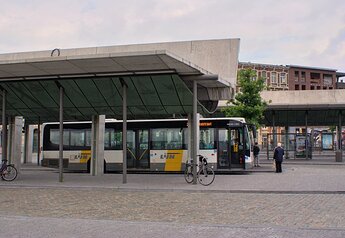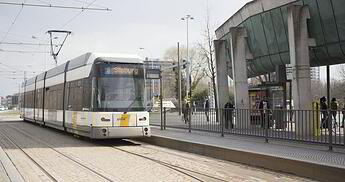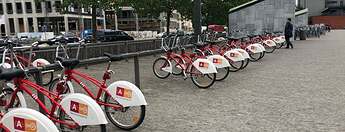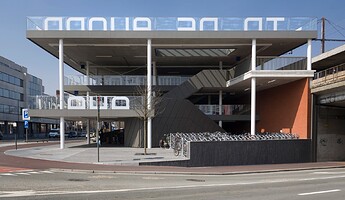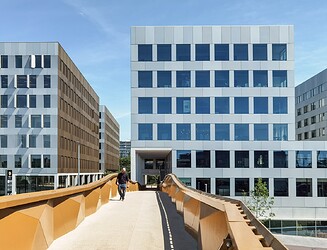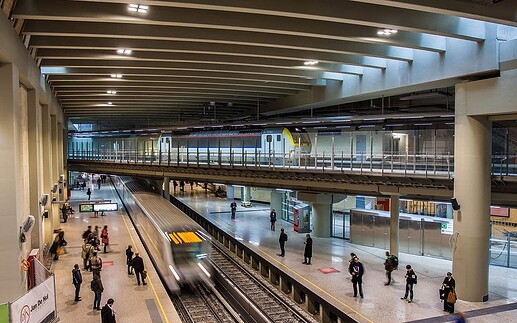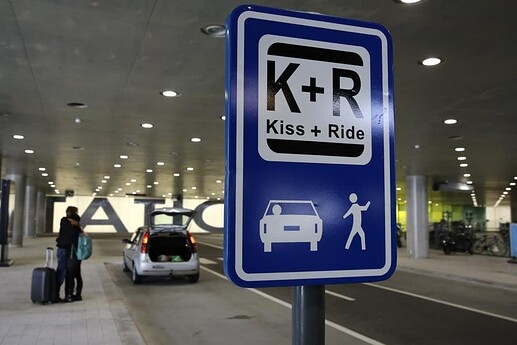I’m going to try to introduce different terms here to bring insights and knowledge for all Telraam Talks members. Some of these will be familiar to you, some may not. I hope we can all learn from them, and if you have more to add, PLEASE do add your thoughts in the discussion below.
Mobility hub
Definition: a location that acts as a connector between different modes of transport, and also provides some level of community service, to facilitate the transfer between them and avoid the need for door-to-door private transport
Explanation:
I heard this term a lot last week when I took part in a conference on shared mobility. Just to help clarify it, here are some definitions and descriptions that were offered:
These are places which bring together public, shared and active travel modes with some public realm improvement and an identifying sign. This can range from a bus stop with parking for shared bikes by a cycle route, up to megahubs in large-scale new developments, at major transport interchanges, motorway service stations, hospitals and so on. - Intelligent Transport
Hubs bring together public transport stops for buses, trams and trains with bike share schemes, car clubs, e-scooters, electric vehicle charging points, bike racks and shared taxi rides. These hubs can also be home to community facilities such as cafés, fitness areas, green space, package collection points and WIFI and phone charging – all with covered waiting areas, real-time journey planning information, walking areas and disabled access. - Intelligent Transport
This may be familiar to you in certain countries (e.g. The Netherlands, Austria, Belgium and so on) but they are relatively uncommon, at least for more active travel, elsewhere. However, they are an important enabler for making more complex or longer journeys by public or active transport possible.
In general, people will choose the mode of transport that is most convenient for their journey, and for longer and more complex journeys, this is often the car. However, if it was just as easy, cheap and useful to do this by a combination of other means, then more might avoid that car journey.
Integrations might include making it easier to cycle to a station, or to hire shared bikes, scooters or even EVs when you arrive at a station. It might also mean that the place where this happens offers other benefits for visiting: EV charging, services (dry-cleaning collection, medical clinic, town hall / gathering spaces, etc.)
Mobility hubs are the intersections of multiple modes, and therefore also a potential focus for local community building and the development of ‘15-minute’ neighbourhoods. They could have an impact on many aspects of streets and local areas, and are relevant for many different campaigns.
However, they are also complex projects because, by the same token, they require the coordination of many different services, organisations and regulations in order to happen.
Do you have a “mobility hub” in your neighbourhood?
Translations:
NL: mobiliteitshub | mobiliteitsknooppunten | hoppinpunten | mobipunten | slimme schakels
FR: pôle de mobilité
DE: Mobilitätsdrehscheibe
ES: hub de movilidad
PT: núcleo de mobilidade
(can you add more terms, or more languages? suggest them below and I will update the post)

